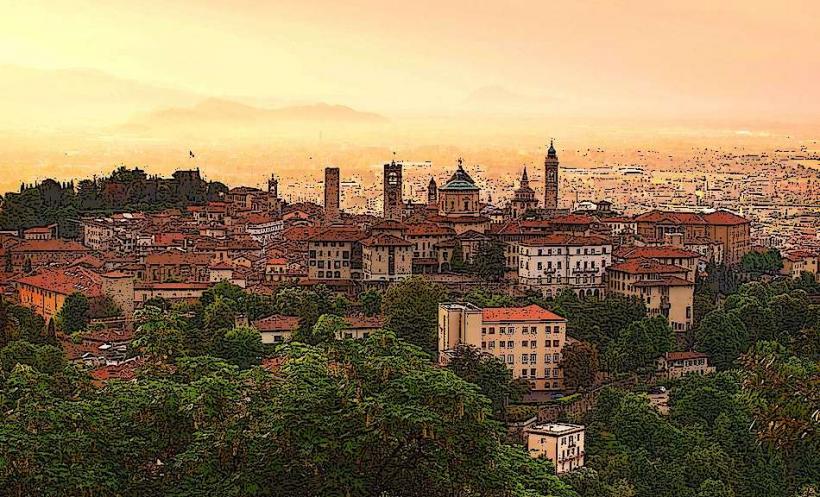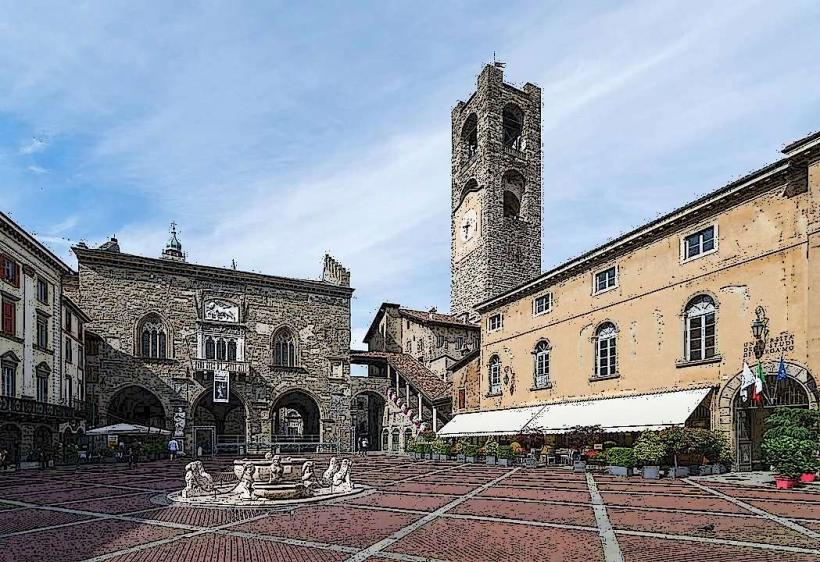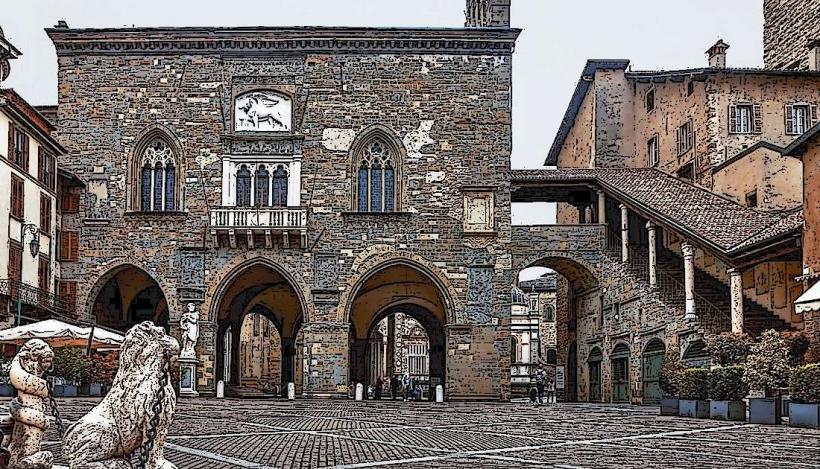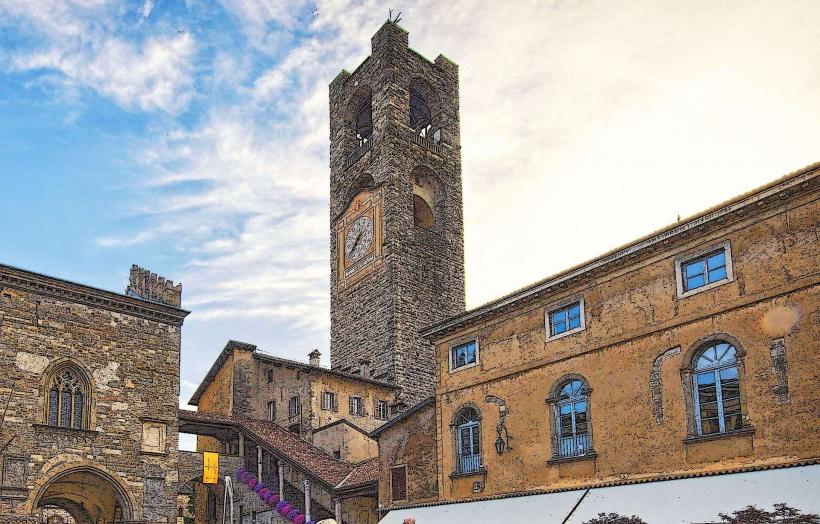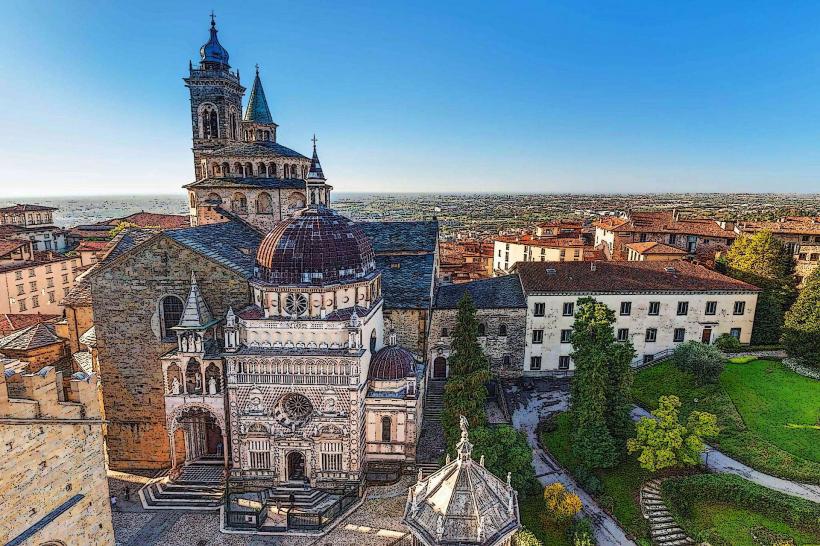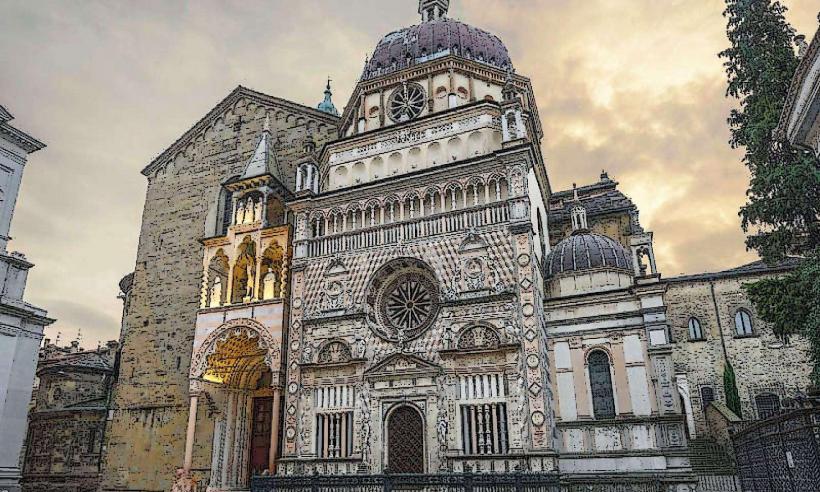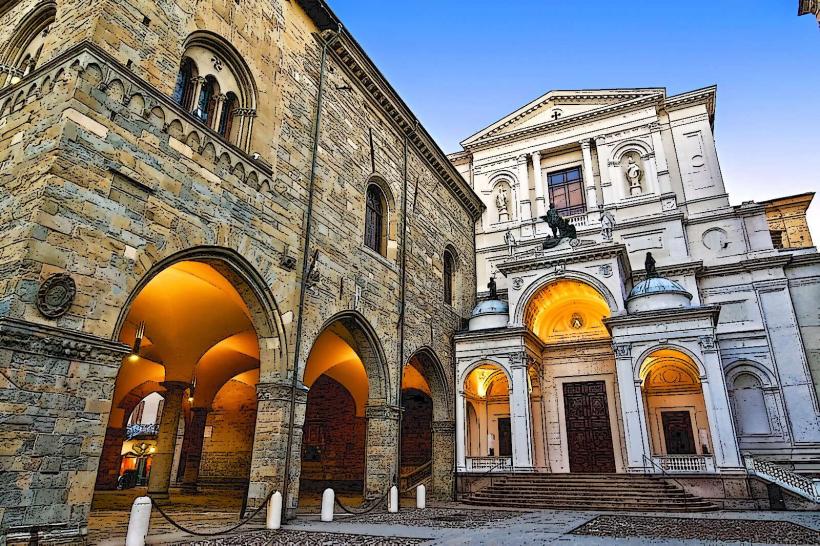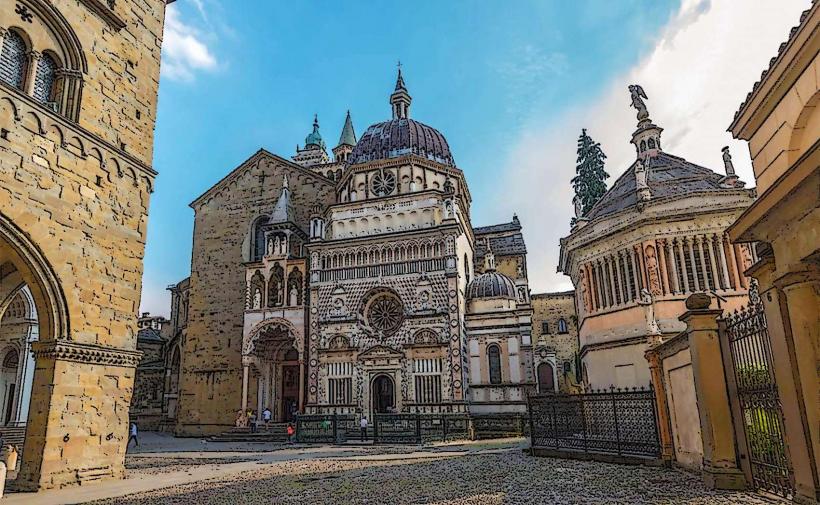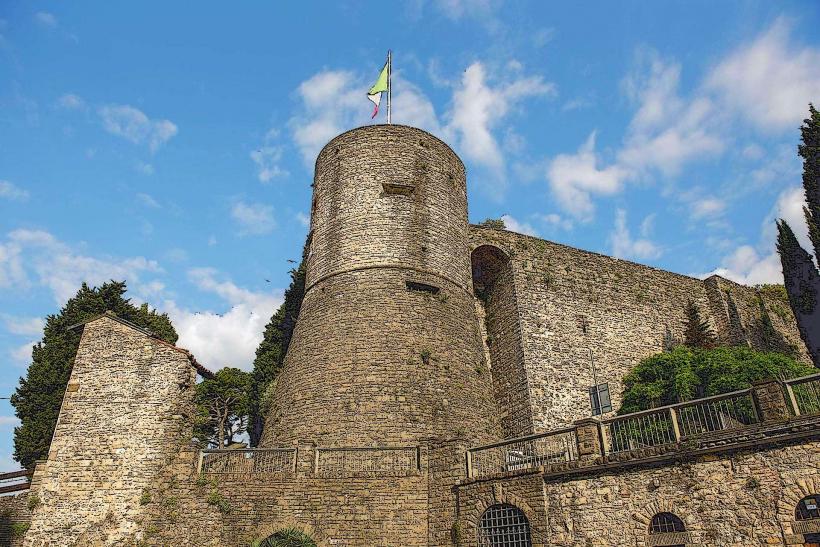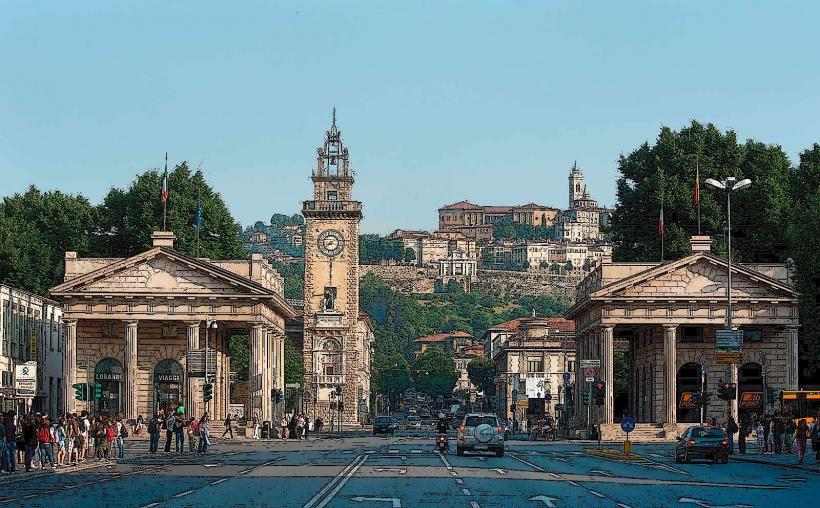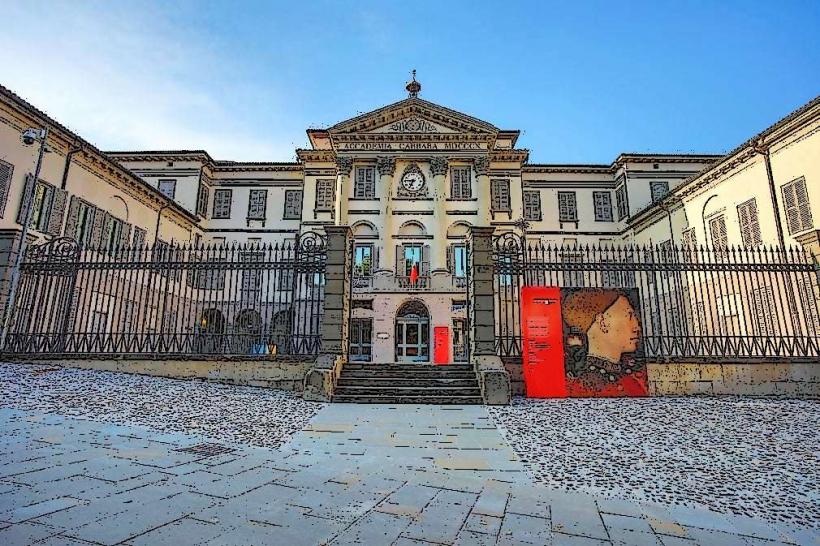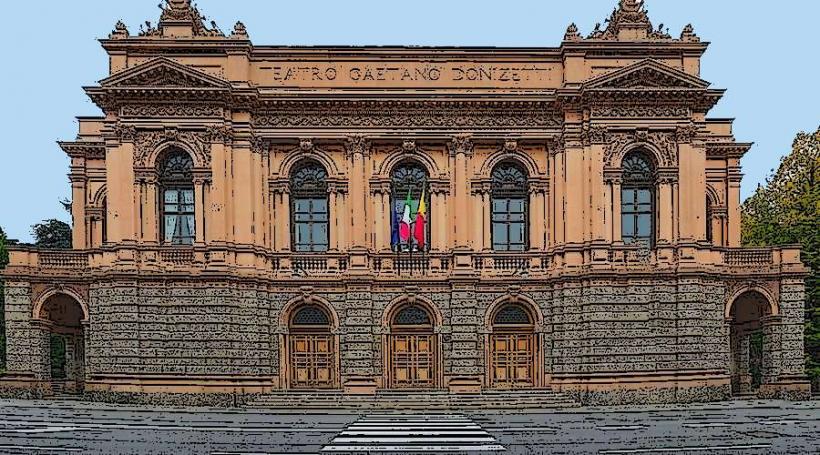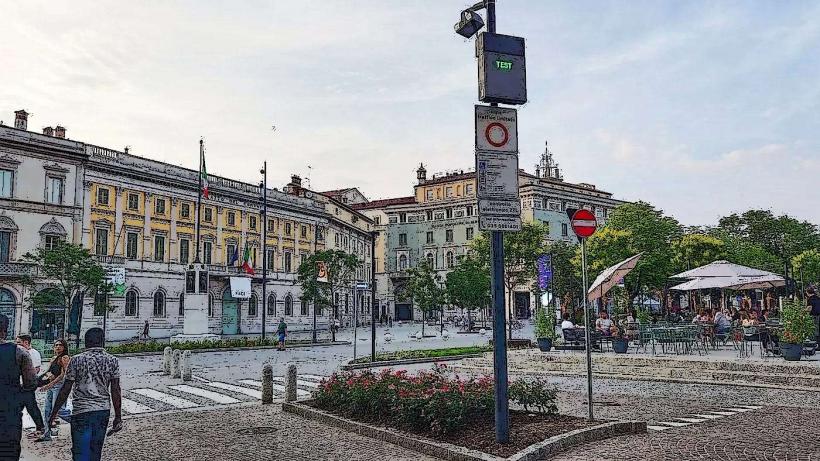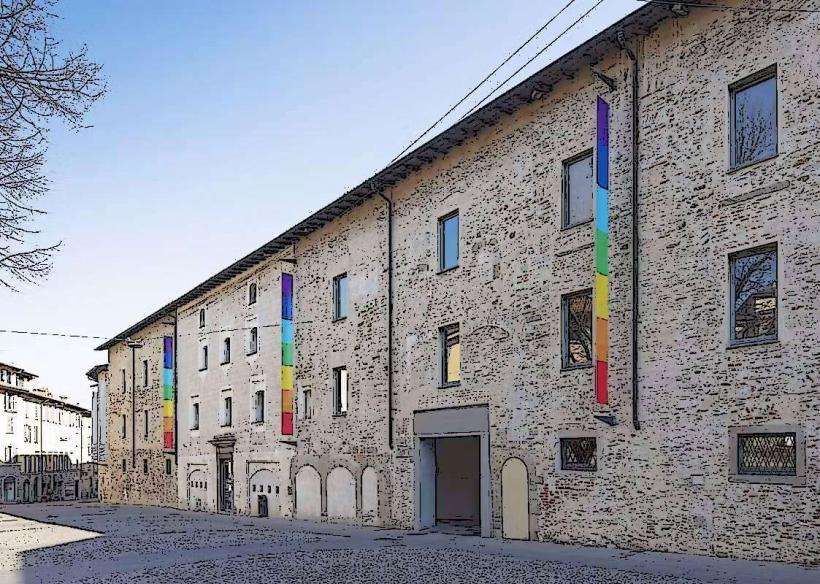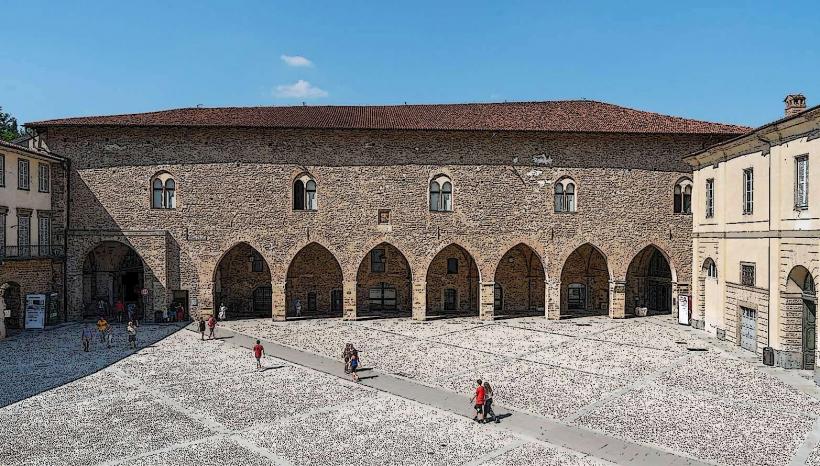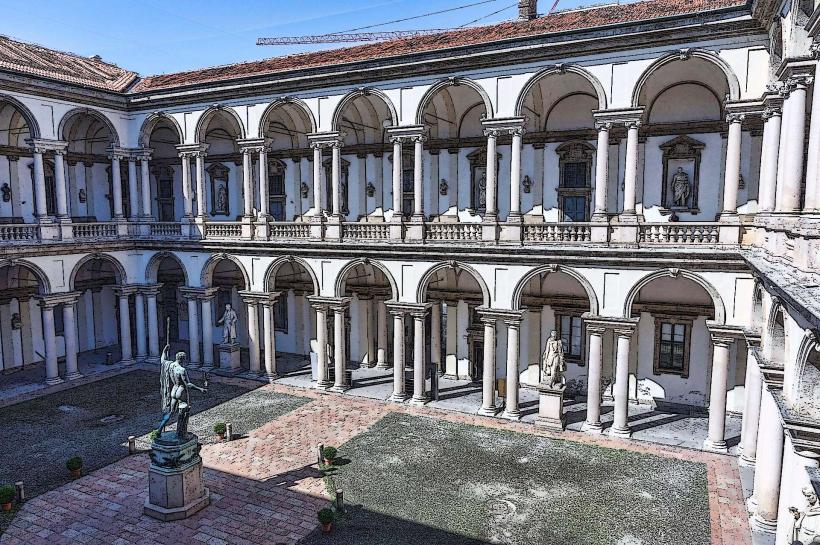Information
Landmark: Venetian WallsCity: Bergamo
Country: Italy
Continent: Europe
The Venetian Walls (Mura Veneziane) of Bergamo are an impressive series of defensive walls that encircle the Città Alta (Upper Town), and are one of the most important historical landmarks in the city. These walls were built by the Venetian Republic during the 16th century, as part of the city's fortifications to defend against military threats. They represent a remarkable feat of Renaissance military architecture and are a significant symbol of the city's Venetian heritage.
Key Features and Description:
1. Historical Background:
- The Venetian Walls were constructed between 1561 and 1596 under the rule of the Venetian Republic, which controlled Bergamo at the time.
- The decision to build the walls was driven by the need to defend the Upper Town against potential invasions and to reinforce the city’s strategic position in the region.
- These walls were built on top of earlier fortifications that dated back to Roman times and were adapted throughout the Middle Ages. However, the Venetian walls were the most advanced and formidable of all the fortifications, designed to protect the town during the Renaissance period.
2. Architectural and Military Features:
- The Venetian Walls are composed of massive stone walls, bastions, ramparts, and gates, all of which were designed to withstand artillery attacks.
- The walls are made of local stone and are reinforced with large, sloping bastions, which provided defensive positions for soldiers. These features are characteristic of Renaissance military architecture, which focused on using geometry and angles to minimize the impact of enemy projectiles.
- The walls have a distinctive star-shaped layout, with angled corners that allowed defenders to have clear lines of sight and fire at any approaching enemies. This was a major innovation in fortification design at the time.
- The bastions were designed to house cannons and other artillery, allowing them to defend the city from all sides, while also preventing enemy forces from approaching close to the walls.
3. Gates and Entrances:
- The Venetian Walls are punctuated by several gates, which served as entry points to the city. Some of the most significant gates include:
- Porta San Giacomo: One of the most iconic and monumental gates, it is located on the southern side of the walls and connects the Città Alta with the lower town. The gate is marked by a grand archway and is one of the most visited features of the walls.
- Porta Sant'Alessandro: Located to the north, this gate is another impressive entryway into the Città Alta. It was strategically placed to control access to the city from the north.
- Porta di San Lorenzo: A smaller gate that once served as an entry point from the southern side of the city, providing access to the lower town.
4. Current State and Preservation:
- Much of the Venetian Walls still stands today, with some sections being remarkably well-preserved. They offer visitors an opportunity to explore the military architecture of the Renaissance period and admire the panoramic views of Bergamo and the surrounding landscapes.
- In addition to their defensive purpose, the walls also provide beautiful walking routes around the Città Alta. Today, the walls are not only a historical site but also a place where locals and tourists can enjoy scenic walks with stunning views of the Bergamo plains, Alps, and the Po Valley.
- Some sections of the walls have been restored, and the areas around the gates are well-maintained, creating a pleasant environment for tourists and locals alike.
5. UNESCO World Heritage Status:
- In 2017, the Venetian Walls were included as part of the Venetian Works of Defence between the 15th and 17th centuries that were inscribed on the UNESCO World Heritage List. This recognition highlights the historical and architectural significance of the walls, which are considered an outstanding example of Renaissance military architecture.
- The UNESCO designation acknowledges the strategic importance of these fortifications, not just for Bergamo, but as part of the broader system of Venetian defenses across the region, built to protect the Venetian Republic’s territorial interests.
6. Cultural and Tourism Importance:
- The Venetian Walls are one of Bergamo’s most visited attractions and are part of the city’s historical and cultural identity. Visitors often walk along the walls, taking in the breathtaking views of the surrounding countryside and the Città Bassa (Lower Town).
- The Walls also serve as a backdrop for various events and festivals, including historical reenactments and public celebrations that help bring the history of the walls to life for modern audiences.
- Additionally, the Venetian Walls play an important role in the local community, as they serve as a public space for recreational activities, such as walking, cycling, and enjoying the open air.
Conclusion:
The Venetian Walls of Bergamo are a testament to the city’s rich military and architectural history. Built by the Venetian Republic to protect the city in the 16th century, these impressive fortifications continue to stand as a defining feature of Città Alta. With their bastions, gates, and panoramic views, the walls offer a fascinating glimpse into Renaissance military strategy, while also serving as an iconic and beautiful landmark for visitors to admire and explore. Their inclusion in the UNESCO World Heritage List underscores their cultural significance, and today, they remain one of Bergamo’s most popular and admired historical sites.

